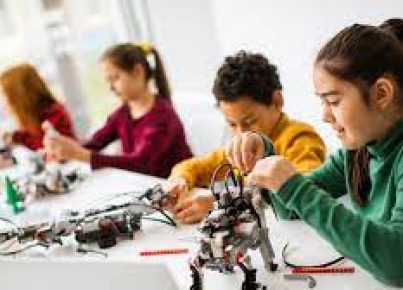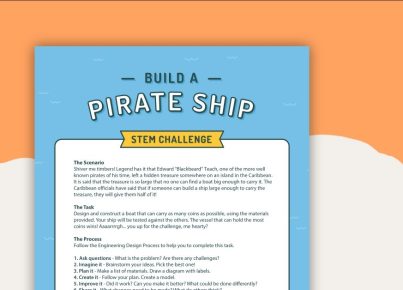In recent years, technology has had a massive impact on education. One of the most exciting developments is the integration of robots in classrooms. This article explores the coolest ways teachers are using robots to captivate their students and enhance their learning experiences.
1. Assisting Students with Autism
Many schools have started using robots to help students with autism improve their communication and social skills. These humanoid robots, such as Milo and NAO, engage children through games, storytelling, and dancing, making them comfortable in social spaces and aiding their overall development.
2. Teaching Programming Skills
One of the best ways to get kids interested in programming is to introduce them to robots that they can control themselves. Many educational robots, like LEGO Mindstorms, Dash & Dot, and Sphero SPRK+, allow students to easily learn programming languages and develop logical thinking through hands-on experimentation.
3. Language Learning
Language learning is another area where robots have found a place in classrooms. Robots like Blue Frog Robotics’ Buddy or Ling Technology’s Jibo facilitate language learning by interacting with students in their target language, helping them with pronunciation and vocabulary acquisition.
4. Peer Tutoring
Peer tutoring is a unique concept where students teach each other various subjects. Robots like RUBI from UC San Diego or EMAR from University of Washington enable peer tutoring by observing student interactions and providing real-time feedback on their teaching techniques.
5. Interactive Storytelling
Interactive storytelling is a creative method of using robots to enhance student engagement. Robots like Kibo and Ozobot bring stories alive for students by acting out scenes or creating interactive visuals, sparking their imagination and encouraging collaborative learning.
6. Developing Problem Solving Skills
With the help of coding-based curriculums combined with robotic kits such as Robolink’s CoDrone or Makeblock’s mBot Ranger, teachers are enabling students to build their own robots and solve complex challenges. This fosters an environment of curiosity, creativity, and practical problem-solving.
7. Supporting STEM Education
Robots like VEX Robotics’ VEX EDR or Wonder Workshop’s Cue offer a hands-on approach to learning science, technology, engineering, and mathematics (STEM) concepts. These robots challenge students to apply their newly learned concepts in real-world situations, making STEM education more engaging and relevant.
In conclusion, the implementation of robotics in classrooms has revolutionized the way students learn and interact. From assisting students with autism to enhancing STEM education, robots are providing innovative ways for teachers to engage their students and create a more dynamic learning experience. As technology continues to evolve, we can expect to see even more fascinating applications of robotics in education.




